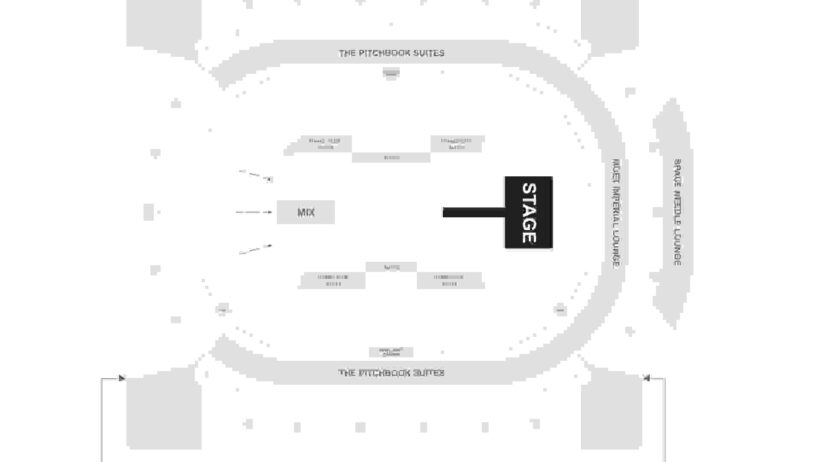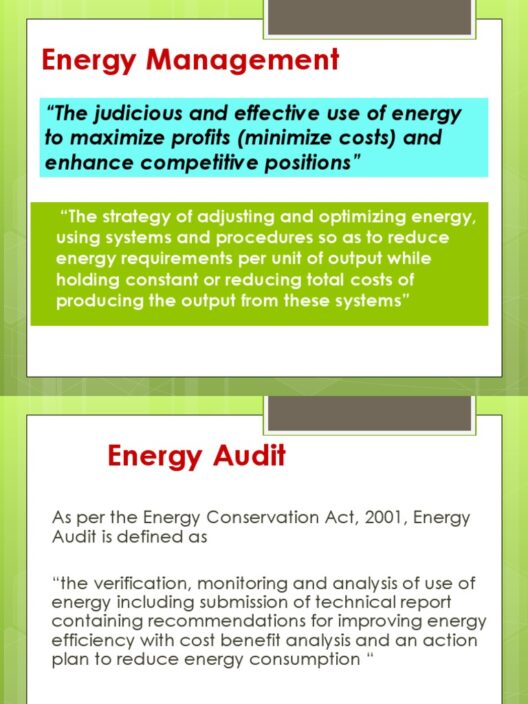In the heart of Seattle, an arena stands not just as a venue for entertainment, but as a bastion of sustainability—a microcosm of the broader environmental ideals that are increasingly shaping urban spaces. The Climate Pledge Arena, formerly known as KeyArena, has undergone a remarkable transformation, aligning itself with the urgent need for climate action and sustainability. This venue symbolizes more than just a space for concerts or sporting events; it represents a paradigm shift in how we think about entertainment and its ecological footprint. But how many people can fit inside this sustainable stage? The answer unfolds within a narrative of architectural innovation and environmental responsibility.
The Climate Pledge Arena boasts a capacity of approximately 18,100 spectators for concerts and upwards of 17,000 for hockey games. Yet, these numbers only scratch the surface of what this venue encompasses. It’s important to consider not just the seating capacity, but also the commitments made towards sustainable practices in the operation of the arena, something that is crucial as cities worldwide grapple with the impacts of climate change.
Originally constructed in the 1960s, the arena underwent extensive renovations, completed in 2021, to become the first arena in the world to achieve the Living Building Challenge certification—a rigorous sustainability standard that mandates net-zero energy and water use as well as a commitment to material health. This ambitious endeavor demonstrates a foundational belief that such large-scale venues can coexist harmoniously with the environment, rather than diminish it.
One of the pivotal features of the Climate Pledge Arena is its rooftop solar array, which generates renewable energy to power the arena’s various facilities. Beyond mere numbers, this effort aligns directly with the aspiration to create a community-focused space that encourages environmental stewardship. Solar power is not just about electricity; it’s about empowering individuals and communities to recognize their potential to foster change. This innovative approach is a clarion call for other venues to adopt similar practices.
Furthermore, the arena has integrated rainwater harvesting systems and a state-of-the-art HVAC system that utilizes natural ventilation, significantly reducing its carbon footprint. Inside, the materials chosen for construction were sourced with care. From reclaimed wood to sustainably produced steel, these deliberate choices reflect a commitment not just to design aesthetics, but to environmental ethics as well.
As it facilitates events, the arena serves as a platform to engage audiences on broader environmental issues, hosting educational initiatives and conservation programs aimed at ecological literacy. Every concert, every sports game, becomes an opportunity to inspire action among attendees—drawing attention to pressing issues, climate change being the most significant. The arena is not merely a passive participant in the environmental movement; it actively cultivates a culture of awareness and responsibility among its guests.
It’s also worth noting that the arena’s location, nestled in Seattle Center, is a strategic advantage for public transport access. Attendees are encouraged to utilize public transportation, bikes, or even walk to events, reducing reliance on gas-powered vehicles and further supporting local air quality. This connectivity reflects a vision where sustainability extends beyond walls and into the very fabric of urban life.
The concept of sustainability in the Climate Pledge Arena goes beyond just the physical attributes of the structure. It encapsulates a future-oriented mindset—one that recognizes the importance of engaging community stakeholders, from employees to patrons, in the conversation surrounding climate action. Sustainable development is a narrative that stretches beyond the confines of a single event, resonating with the demographics of the local and global community.
Moreover, the promise of a zero-waste initiative pushes the envelope even further. The arena is dedicated to diverting 90% of its waste from landfills. This aggressive target necessitates comprehensive recycling and composting programs, actively involving attendees in the responsible disposal of their concert and event-related refuse. Patrons are encouraged to participate in this initiative, thus transforming the concert experience into an active partnership in sustainability.
Additionally, the arena’s role as a leader in climate-conscious operations fosters collaborative relationships with local organizations which are dedicated to similar environmental missions. It stretches its influence into the community, leveraging its public platform to advocate for climate justice and social equity—principles that remind us sustainability is not merely about environmental impact, but also about creating equitable opportunities for all community members.
Seattle’s Climate Pledge Arena is a microcosm of what is possible when ambition meets responsibility. It challenges conventional notions of what an entertainment venue can achieve in terms of sustainability. As audiences gather, sharing in the collective experience of music, sports, and culture, they are simultaneously woven into the tapestry of a larger movement—one that advocates for a more sustainable future on a local and global scale. As we revel in the sounds and sights, it is imperative to remember the vital messages being communicated—a shift in perspective is not only encouraged but necessary for the survival of our planet.
Ultimately, venues like the Climate Pledge Arena compel us to rethink our interactions with entertainment, operating within an eco-conscious framework, thus inspiring curiosity and awareness that transcend traditional entertainment experiences. As we celebrate the capacity of 18,100 enthusiastic fans, let that figure symbolize not just a number, but a movement—a movement towards sustainability and resilience in the ongoing battle against climate change.






